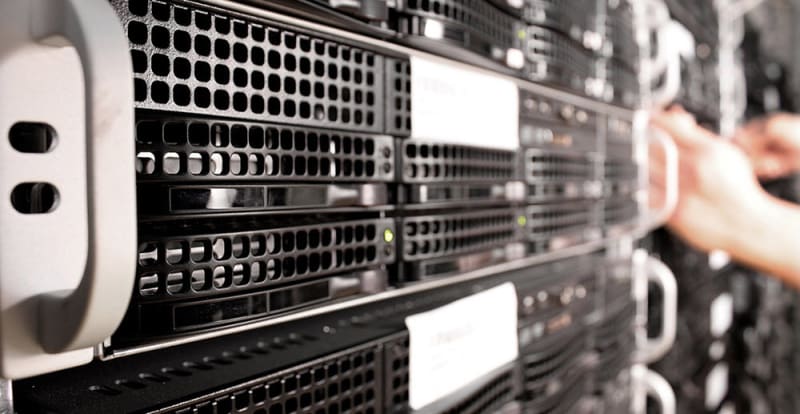Local AWS Melbournians woke up to some exciting news today with the long awaited launch of the new AWS Melbourne Region (ap-southeast-4)!
The official announcement has lots of general information, so I'm going to focus in on some of the more technical implications for builders.
Special credit to AWS Melbourne User Group Leader Arjen Schwarz who picked up on it a few hours before the official announcement!
Grab your fancy latte, and let's get started ☕
👍 Benefits of a New Region
Using new regions requires a lot of work. Beyond simply enabling the new region, we need to extend our architectures, deploy our infrastructure, and do a lot of testing before bringing a new region to production.
So, what's the upside? Well, there are two major ones:
🏃♂️ 1) Performance
We want our services to be as close to our customers as possible to enable better performance. When new regions (or local zones) come online, we leverage them to achieve single-digit latency.
After first discovering the S3 endpoint coming online back in November 2022 (they bring the DNS records online early), I'd started to run some simple ping tests from my home in Melbourne to get a general idea of latency. This is the result (dumping to a text file meant no date numbers for the X-axis - oops!):
If you have a significant customer base in Melbourne, especially for latency-sensitive applications, this is very useful. We have had Edge Locations in Melbourne for a while, so if you're using solutions like CloudFront or Lambda@Edge, this doesn't change much.
💪 2) Resilience
Multi-regional architecture is a big selling point for the cloud. We can deploy our solutions to be way more resilient, building across large geographical areas and minimizing the effect of major outages.
Data Sovereignty and other requirements usually mean we need to keep our data in a single country, or group of countries. For Australia, Microsoft Azure has had multiple local regions for nearly a decade. This has given Microsoft a significant advantage in Australia for companies that really crave this resilience.
Architecting for multi-region resilience isn't easy though, and it requires effort to get right, and comes with additional costs. But if you're needing that additional assurance, it's worth checking out. The recently released AWS Multi-Region Fundamentals Whitepaper is an excellent resource to get started.
☑ Service Availability
New regions always start out with a smaller subset of services, before adding additional support over time.
As of launch, AWS has 47 services running in the new Melbourne region. This compares with 194 in Sydney (ap-southeast-2). All of the standard services you'd expect are there, with EC2, Lambda, S3, DynamoDB, and the like. But there's many services still missing. Here's a short list of some key ones:
- AWS Amplify
- AWS Backup
- Amazon GuardDuty
- Amazon SageMaker
- AWS Storage Gateway
- AWS Transit Gateway
- Amazon WorkSpaces
Some services also aren't fully featured yet, like AWS Lambda lacking support for the arm64 architecture powered by Graviton yet.
If you're extending your solutions from another region like Sydney, this might not be a problem. But the current lack of some services like Transit Gateway may slow down many customers looking to extend their operations across the regional divide.
For the full comparison of supported services at time of launch check out my Google Sheet for more information.
🖥 Instance Family Availability
As with services, so too with Instance types. Having a newer region means we're dealing exclusively with newer hardware, so you may not have access to the same instance types as you're expected.
Obviously we're not getting our beloved t2.micro's back (😥), but this is an opportunity to update to the latest instance (and usually cheaper) types as well. Given the list, most types of workloads can be accommodated. Though, there's a few omissions.
The biggest gap I notice is there's currently no GPU-powered Accelerated Computing instances available. Aside from the m6gd family, we also don't have many Graviton-powered instances yet (explaining the situation with Lambda).
The AWS Management Console will only show you what's available, so don't worry too much there. But if you're deploying solutions with an IaC solution, keep an eye out for any weird deployment bugs with your compute solutions where the instance family may need to be changed.
The Google Sheet also contains a list of the all of the supported instances compared against the Sydney region.
🎉 Conclusion
One thing should be clear: The launch of the Melbourne Region is a really good thing. There are some gaps, but that's because it's a new region, and these things take time to roll out.
Keep an eye on the AWS news as they announce the new releases; it'll pick up pace now that the region is online. Start your planning now, and you can take advantage of these new capabilities once they're available.











Top comments (0)